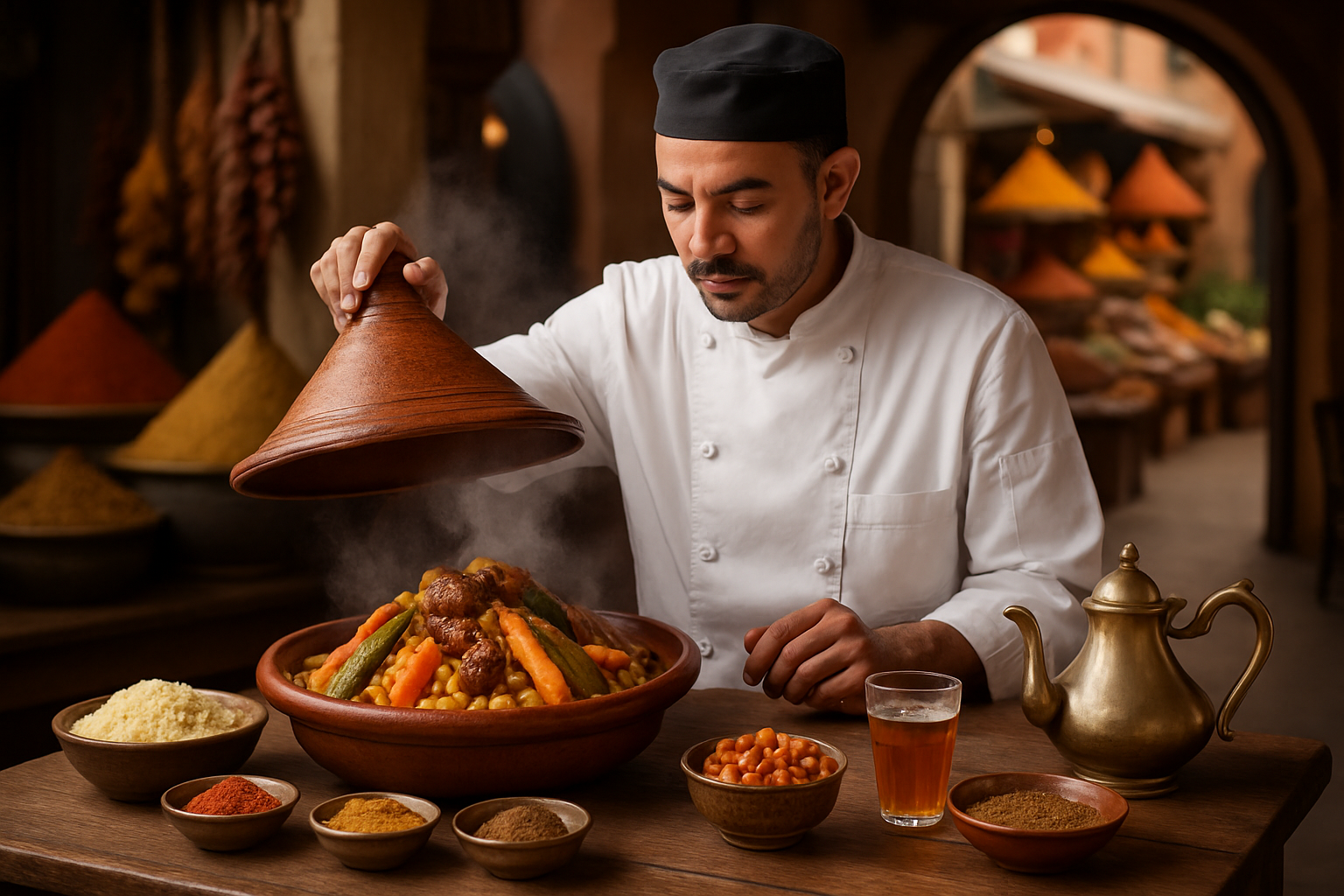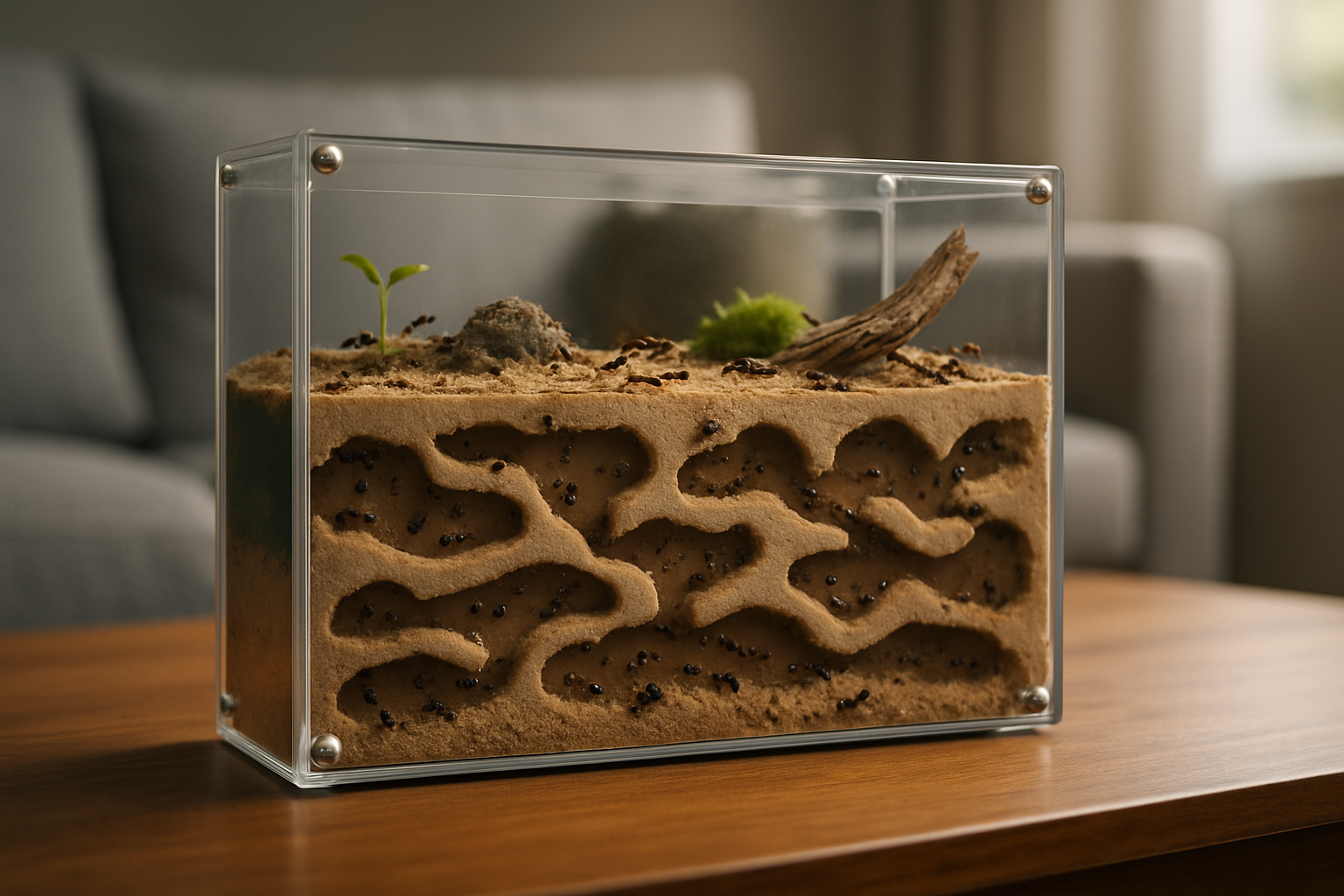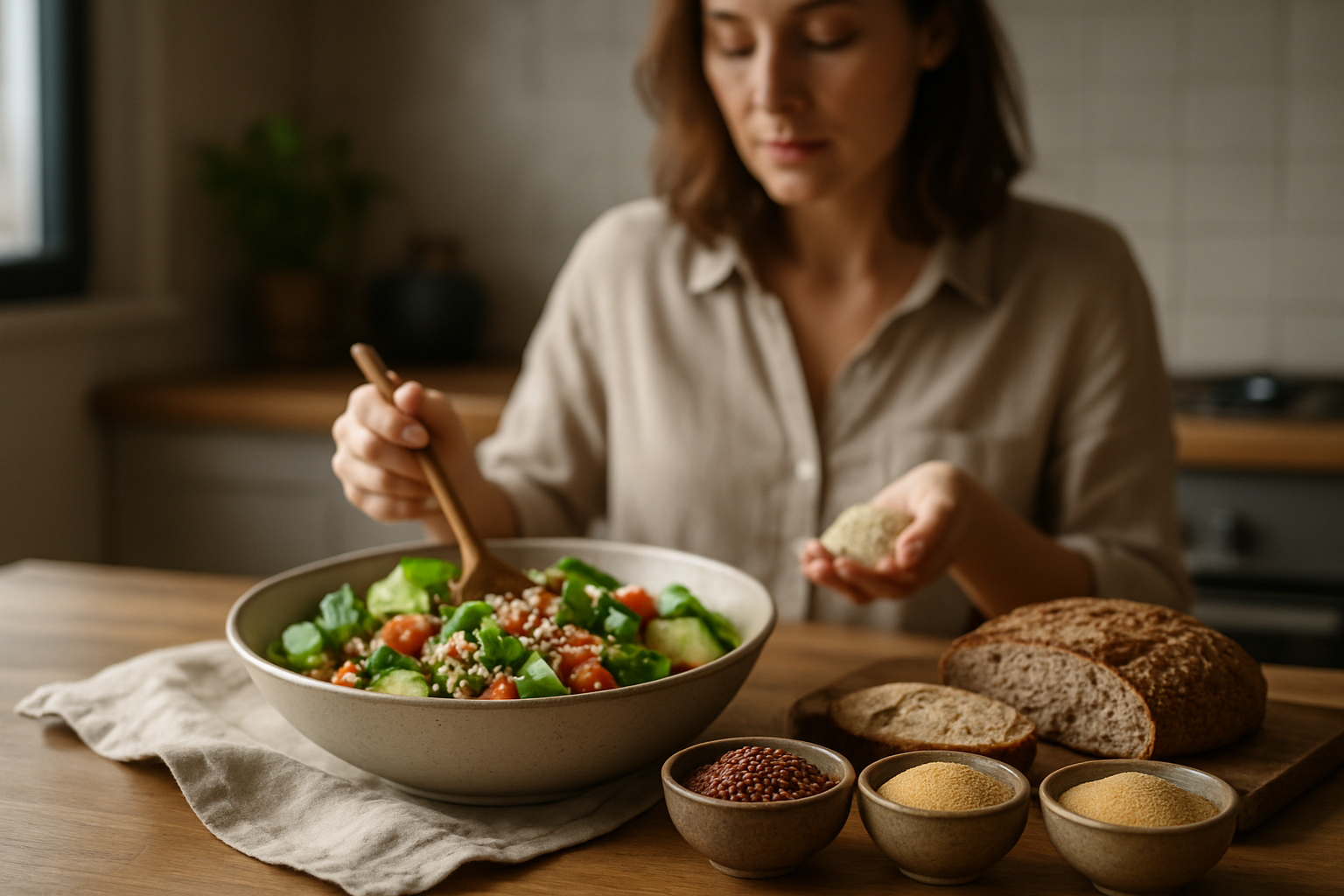Discovering the Culinary Richness of Moroccan Cuisine
Moroccan cuisine is a delightful fusion of flavors, colors, and textures. Its rich culinary heritage, influenced by Berber, Arabic, Andalusian, and Mediterranean cuisines, offers a unique and intriguing dining experience. This article will take you on a culinary journey, exploring the delectable dishes, unique cooking methods, and innovative trends within Moroccan gastronomy.

The Taste of Tradition: Exploring Moroccan Dishes
Moroccan food is a celebration of spices, with dishes featuring a harmonious blend of sweet, sour, and spicy flavors. Tagine, a slow-cooked stew named after the traditional clay pot it’s cooked in, is a quintessential Moroccan dish. The flavorsome stew often contains meat, vegetables, and a medley of spices, including saffron, ginger, and cinnamon.
Couscous, another staple, is often served with vegetables, meat, or seafood. Pastilla, a sweet and savory meat pie often made with pigeon meat, showcases the unique blend of sweet and savory that characterizes Moroccan cuisine.
From Market to Table: Moroccan Cooking Techniques
Traditional Moroccan cooking techniques involve a lot of slow cooking, grilling, and baking. Tagines are slow-cooked over coals in their namesake pot, while couscous is steamed to perfection. Bread is often baked in community ovens, a practice that fosters a sense of community and shared culinary traditions.
Quenching Thirst: Moroccan Beverages
Moroccan mint tea, a symbol of hospitality, is an integral part of Moroccan dining culture. This refreshing drink, often served in beautifully crafted tea glasses, is a blend of green tea, fresh mint, and plenty of sugar. Other popular beverages include Moroccan coffee and local fruit juices.
New Trends in Moroccan Cuisine
While traditional Moroccan cuisine continues to be cherished, new trends are emerging. Chefs are innovatively incorporating Moroccan flavors into modern dishes, creating a fusion of the old and the new. Some are also focusing on sustainability, using locally sourced ingredients and minimizing waste.
Interesting Facts and Tips
-
Moroccan cuisine is known for its use of a wide variety of spices. Ras el hanout, a spice blend that can contain up to 35 different spices, is often used in many dishes.
-
The traditional method of serving Moroccan tea involves pouring it from a height to create a froth on the top.
-
Moroccan meals often start with salads and appetizers, followed by a tagine or couscous dish, and finish with a sweet dessert and mint tea.
-
Using hands to eat is common in Moroccan culture, especially when enjoying dishes like couscous and tagine.
In conclusion, Moroccan cuisine offers a unique blend of flavors and techniques that make it a gastronomic delight. While it is rooted in tradition, it continues to evolve and innovate, ensuring an exciting culinary journey for food lovers. Whether you’re cooking Moroccan dishes at home or exploring Moroccan restaurants, you’re sure to discover new flavors and dishes that will delight your taste buds.






